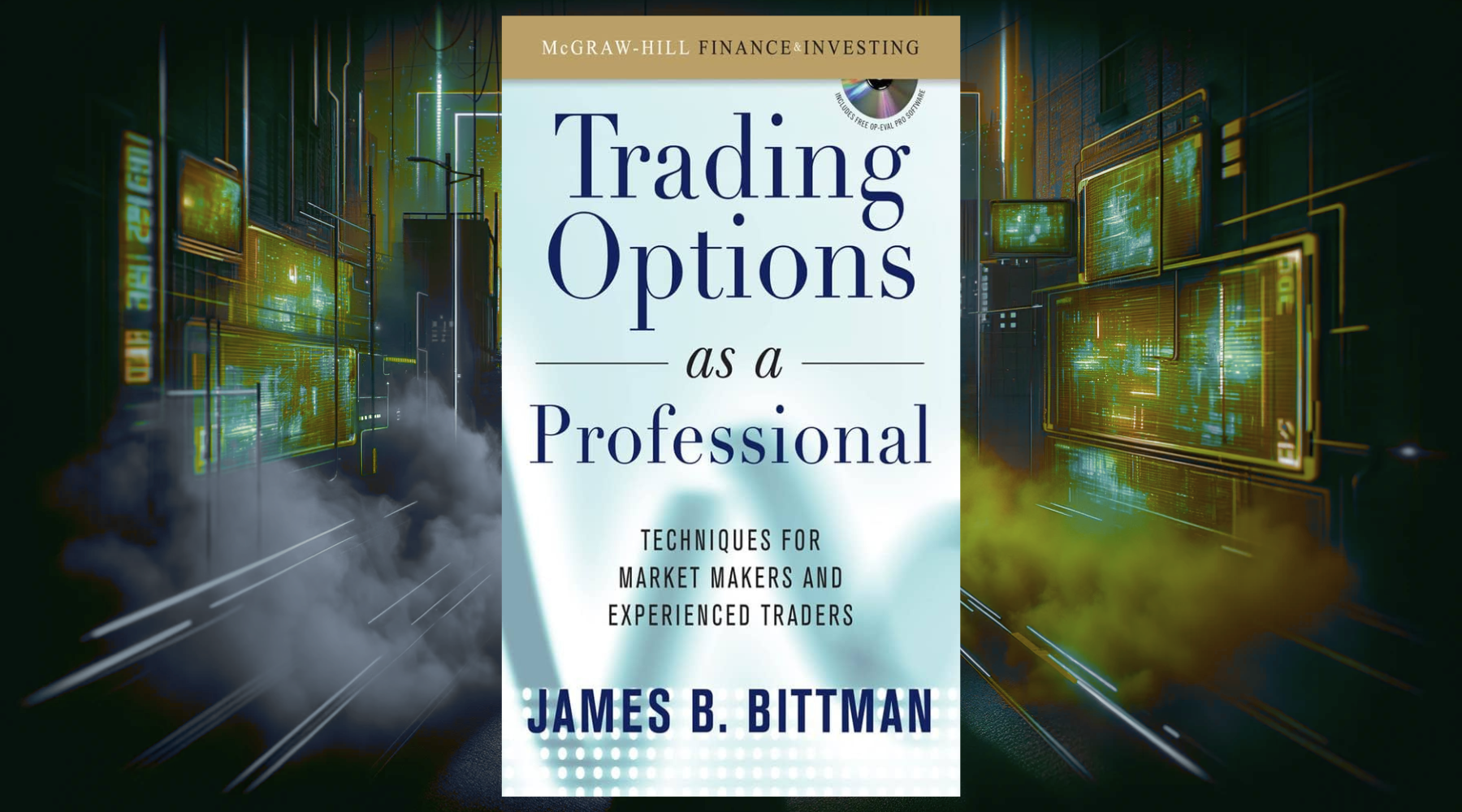How The Mighty Fall, by Jim Collins
Book Review & Summary
"There are more ways to fall than to become great"
How The Mighty Fall lays out an interesting look inside the stages of rise and fall of some of the greatest companies. Collins looks at some of the most iconic companies that at their peak looked invincible. He shows how problems are already rising inside these companies even while they’re on their way to the top.
“How do the mighty fall? If some of the greatest companies in history can collapse from iconic to irrelevant, what might we learn by studying their demise, and how can others avoid their fate?” ~ Jim Collins, How The Mighty Fall
Five Stage Framework
Collins began with historical analysis of the companies in this book by gathering a range of historical material on the company. This included financial and annual reports, major articles published on the company, books, academic case studies, analyst reports, and industry reference materials. From this analysis, he noticed that there are distinguishable stages of decline.
Using this information, Collins determined that the data shows 5 distinct stages of decline. Although he admits companies do fall without following the framework exactly, it is still an accurate and general framework of how the mighty fall.

Stage 1: Hubris Born of Success
Momentum can carry a company forward for awhile even when the leaders are making poor decisions. This first stage kicks in when people become arrogant, regarding success as something they were entitled to, and they lose sight of the real underlying factors that got them to this point in the first place.
Stage 2: Undisciplined Pursuit of More
Stage 2 companies start making undisciplined leaps into areas that they don’t excel in. This pursuit of more scale, more growth, more “success”, takes the company away from doing what they already excel at. Overreaching seemed to be more of a sign of self-destruction than complacency.
How The Mighty Fall: And Why Some Companies Never Give In
Jim Collins' insightful analysis of corporate decline from the Good to Great series. Discover the five stages of organizational failure and learn how great companies can avoid the pitfalls that lead to their downfall. Essential reading for business leaders seeking to understand the warning signs of corporate decline and build enduring organizations.
View on AmazonStage 3: Denial of Risk and Peril
Those in power start to blame external factors for setbacks rather than act accordingly to changes in the market. Internal warning signs begin to mount, but external results remain strong enough to “explain away” disturbing data.
Stage 4: Grasping for Salvation
In this stage, problems and negative data from stage 3 starts to really show itself. This is when companies start to grasp for salvation. They may try to radically transform the culture of the company, bring in a new hot-shot to lead, or reach for a game-changing acquisition. Initial results may appear positive, but likely will not last long.
Stage 5: Capitulation to Irrelevance or Death
At this point, the accumulated setbacks and repeatedly reaching for silver bullets has eroded the financial strength and morale of the company. Leaders look to abandon their hope of a turnaround and may sell out, or they hang on while the company slowly deteriorates and loses ground to competitors.

If you enjoyed this short summary, I would recommend checking out The Outsiders, by William Thorndike. This book also takes a look at some of the most successful companies of our time. And more importantly, it really goes into the CEO's behind these companies. The Outsiders is a must-read for any CEO or small business owner!










Leave a comment
This site is protected by hCaptcha and the hCaptcha Privacy Policy and Terms of Service apply.